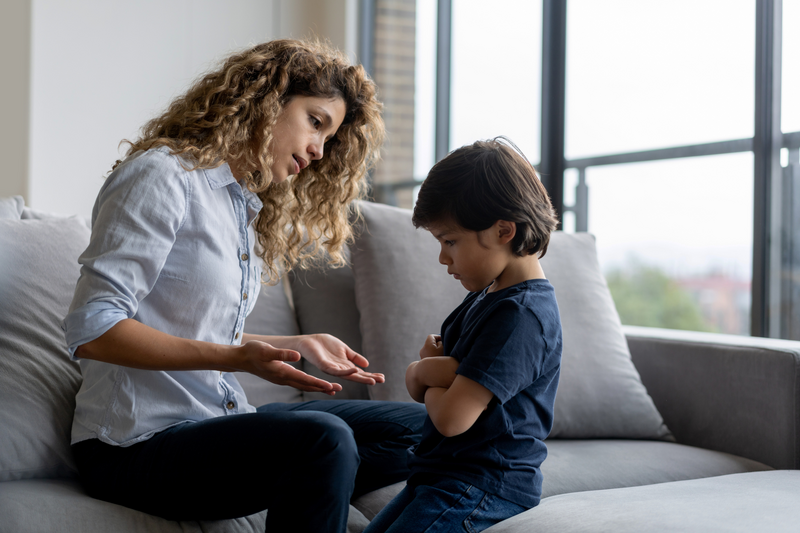7 Powerful Positive Discipline Tips for Toddler Tantrums

Mastering Positive Discipline: Expert Strategies to Tame Toddler Tantrums Without Yelling
Introduction
Every parent knows the heart-stopping moment when a toddler’s tantrum erupts. Yet yelling only fuels fear, not learning. Harness positive discipline to transform behavior battles into growth opportunities—nurturing emotional security while teaching behavior management skills.
1. Why Positive Discipline Works
Toddlers misbehave because they lack self-regulation and expressive tools—not to frustrate you. Neuroscience shows the prefrontal cortex (self-control center) matures around age 71.
- Builds trust over fear
- Fosters lasting respect, not resentment
- Cultivates emotional resilience
2. Identify & Address Triggers
Tantrums often stem from:
- Basic Needs: Hunger, tiredness, overstimulation
- Emotional Needs: Desire for connection or autonomy
- Environmental Factors: Lack of routine or clear expectations
Pro Tip: Pause, observe, then respond with calm curiosity: “I see you’re upset—what do you need?”
3. 7 Science-Backed Positive Discipline Techniques
- Time-Ins vs. Time-Outs:
- Time-In—sit together, breathe, validate feelings2
- Emotion Coaching:
- Name emotions: “You feel frustrated. That’s okay.”
- Allow Choices:
- Offer two acceptable options: “Blue shirt or red?”
- Sticker & Token Charts:
- Reinforce effort over perfection
- Natural Consequences:
- E.g., spilled juice—help clean-up, no lecture
- Visual Routines:
- Daily charts reduce anxiety through predictability
- Repair Rituals:
- Apologize and reconnect after conflicts
4. Expert Insights & Evidence
“Children learn best when parents are warm, predictable, and set clear boundaries.”
— Dr. Laura Markham, Aha! Parenting
Triple P studies show:
- 40% fewer tantrums
- 30% improved cooperation
- Boosted emotional resilience4
5. Frequently Asked Questions
Q1: What is positive discipline?
A: Teaching through guidance and empathy, not punishment.
Q2: How long should a time-in last?
A: 2–5 minutes—enough to regulate, not isolate.
Q3: Can I combine time-in and natural consequences?
A: Yes—validate emotions first, then apply gentle consequences.
Conclusion
Transform tantrum turmoil into teachable moments. By integrating positive discipline, you build respect, self-control, and emotional security—without raising your voice. Start today with small, consistent steps and celebrate each breakthrough.
Mood Monsters – Printable Emotion Matching & Coloring Pack for Kids

